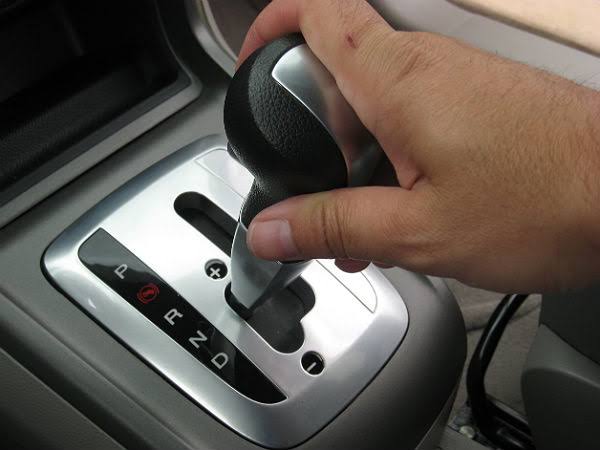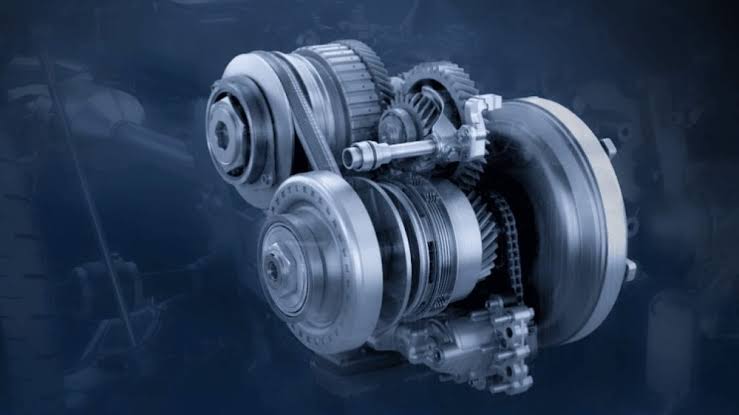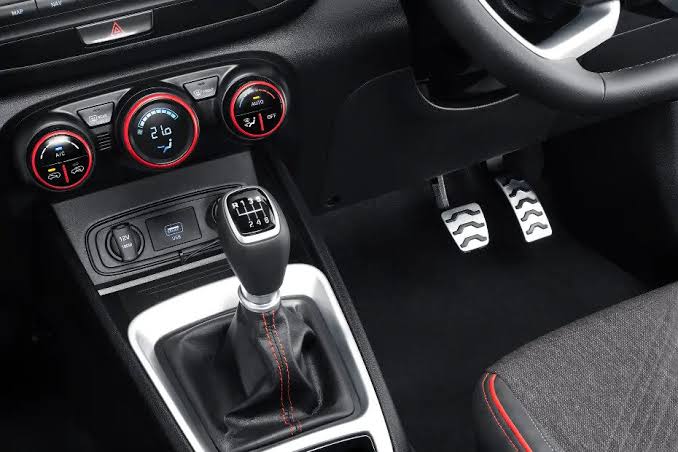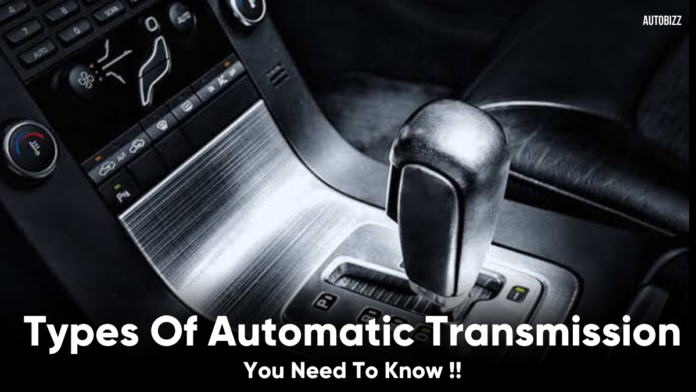When it comes to driving, car gearbox is one of the most important factors to consider; understanding the various types is necessary. This article will assist you in navigating a few concepts.
If you want to take your driving skills to the next weeklevel, you’ll need to know a lot about it. Well! However, if you’re interested in learning more, you’ll need to understand auto transmission. You will learn a few facts regarding car gearbox as well as a few practical techniques to handle it after reading this article.
Basics of Auto Transmission
It is a self-shifting technology when it comes to classic automatic transmission, which is also known as torque. You should be aware that the technology used is a hydraulic fluid connected to the torque, which provides a more stable result than a clutch. You should also be aware that car engine control is directly linked to the system, ensuring that everything runs smoothly. An automated manual transmission, on the other hand, is a semi-automatic transmission system. Regardless, if you want to drive, you’ll need to know a few things about different types of automatic transmissions.
Types of Auto Transmission
There is no dispute about the principle of automatic transmission, since there are many different methods to handle this technology. As a result, you’ll need to know a few things regarding different types of automatic transmissions. AMTs, CVTs, DCTs, iMTs, and force converters are the five types of programmed gearboxes that are now available with various automobiles. Let’s start with one of the most well-known types of programmed transmission, at least as far as the more reasonable end of the market is concerned – the AMT.
1. Automated Manual Transmission

Automated manual transmission or AMT happens to be the most commonly used transmission in a car. This mechanism will get sensors for performing clutch and shifting gears. You will also need to know that the use of hydraulics is directly linked with the electronic control unit in an AMT mechanism. The mechanism works when the car revs to a certain RPM level.
2. Continuous Variable Transmission

CVT stands for continuous variable transmission and refers to a speed gearbox with two cone-shaped pulleys. One pulley is attached to the engine, while the other is attached to the wheel. You should be aware that the cone-shaped pulleys move as the motor fires up in response to the power inputs, and the drive belt maintains the same pressure as shown. The two cones evolve independently, resulting in infinite stuff proportions. CVT is more eco-friendly and smoother than traditional automatics since it has a simple instrument. CVTs are also quite reliable, which is why manufacturers such as Nissan and Toyota utilise them in their automobiles.
3. Dual Clutch Transmission

Another option is a dual-clutch gearbox (DCT), which employs two clutch packs, one for odd numbers and the other for even ones. It would be good to have an example that was well-fitting! Consider first gear, even when the odd clutch is engaged; at that juncture, the dual-clutch technology allows the gearbox to change without disrupting the power flow. DCTs, on the other hand, aren’t the most trustworthy transmission and, due to their sophisticated design, may be very costly when things go wrong.
4. Intelligent Manual Transmission (IMT)

You should be aware that an intelligent manual transmission is a system in which the gear lever is linked to a transmission control unit’s sensor. When a driver has to shift up or down, the TGS sends a signal to the transmission control unit, which activates the water-powered actuator, which generates the water-powered strain, which is then coordinated to a slave chamber through a grip tube.







